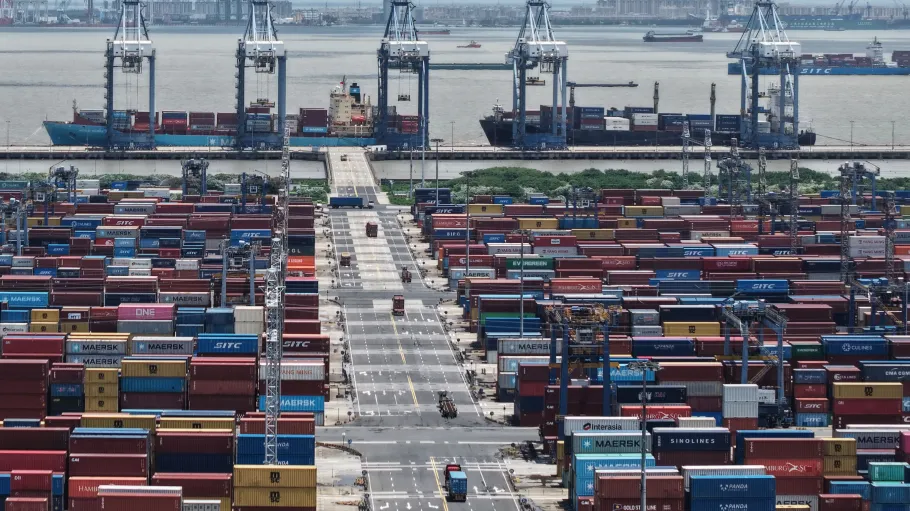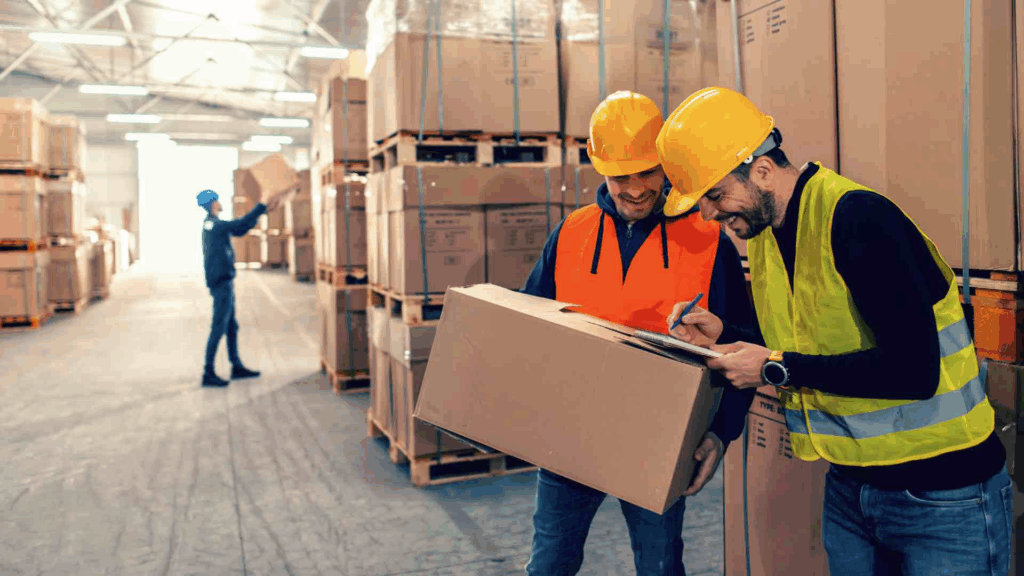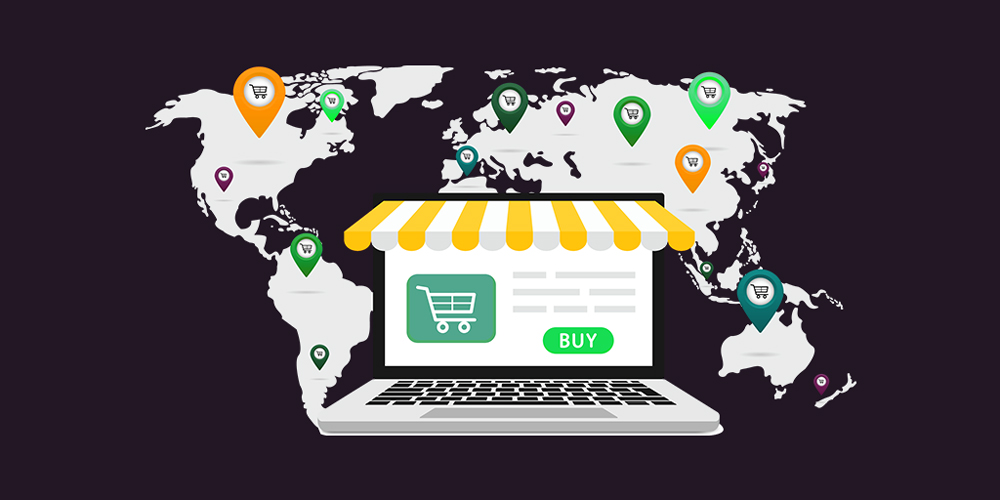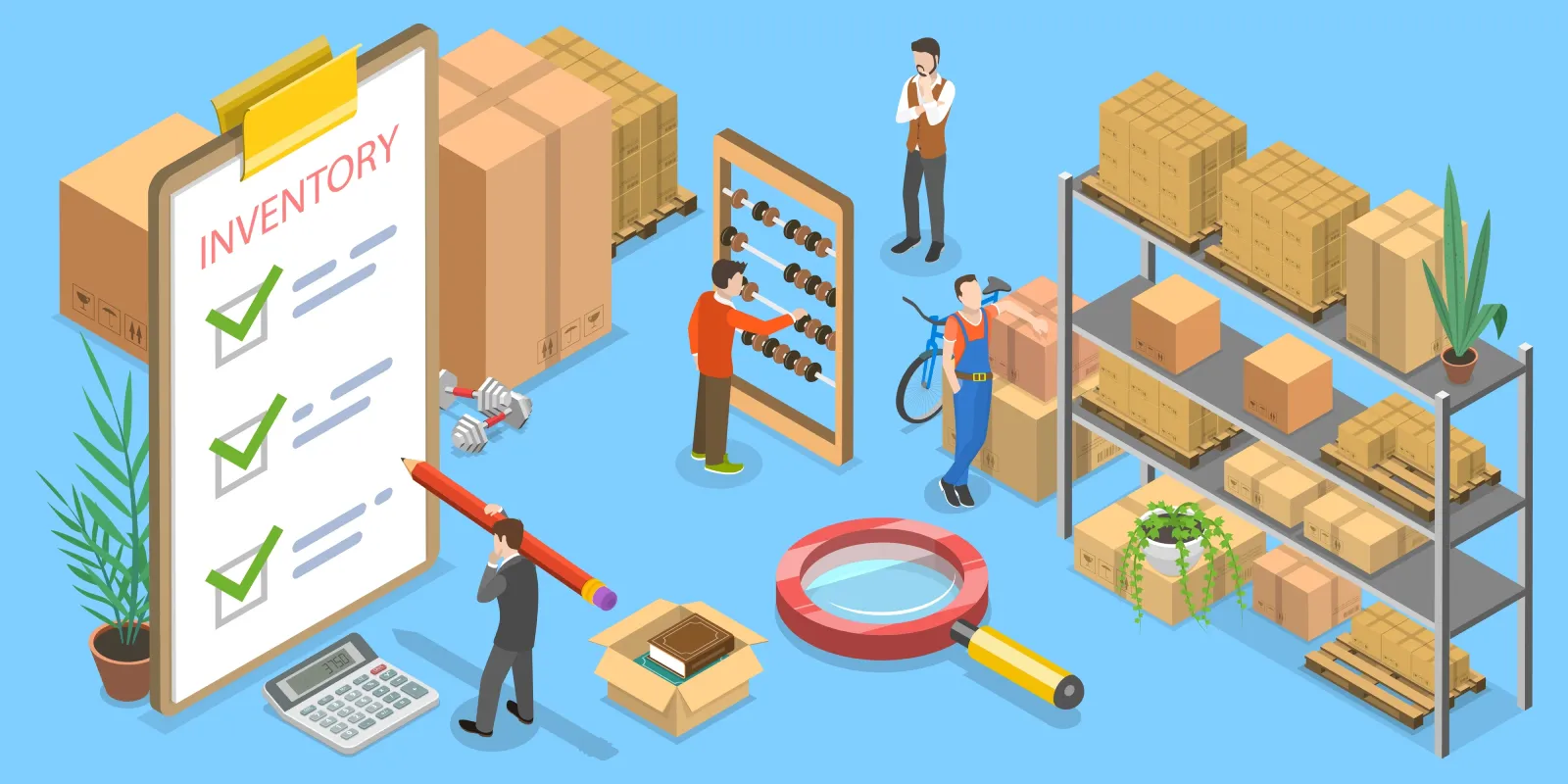How to Overcome Challenges in Global Fulfillment and International Shipping
Global fulfillment and international shipping are the backbone of cross-border e-commerce. As companies expand into new markets, they face complex logistical challenges—from customs clearance delays to unpredictable shipping costs. Efficiently managing these obstacles determines whether a business can deliver consistent customer satisfaction and long-term profitability. Mastering global fulfillment isn’t just about speed—it’s about precision, transparency, and adaptability.

Understanding Cross-Border Logistics and Global Fulfillment Challenges
The Complexity of Global Operations
Managing fulfillment across countries involves more than shipping products. Businesses must coordinate multiple warehouses, suppliers, and carriers while maintaining consistent service quality. The further the distance, the higher the complexity. Currency differences, language barriers, and local logistics infrastructure all add layers of difficulty.
Why Many Businesses Struggle
Even established brands face hurdles when scaling internationally. Delayed customs processing, high last-mile delivery costs, and lack of visibility in tracking often lead to unhappy customers. Additionally, sudden regulatory changes can disrupt entire supply chains overnight. Recognizing these challenges early is key to building a resilient global fulfillment strategy.
Common Obstacles in Global Fulfillment and How to Solve Them
1. Customs and Regulatory Barriers
The Challenge:
Each country enforces different rules regarding import duties, taxes, and prohibited items. Inconsistent documentation or inaccurate product labeling can lead to shipment delays or rejections.
How to Overcome It:
- Use professional customs brokers. They ensure all documents meet the importing country’s standards.
- Classify products correctly. Use accurate HS codes for all shipments to avoid fines and delays.
- Pre-calculate taxes and duties. Provide customers with total landed costs upfront, reducing surprises at delivery.
- Leverage PostalParcel’s integrated customs system. It automates form generation and tax estimation, minimizing human error.
2. Long Delivery Times

The Challenge:
International deliveries often involve multiple transit points, leading to longer delivery times compared to domestic shipping. Unexpected weather events or border closures can worsen delays.
How to Overcome It:
- Use regional fulfillment centers. Store inventory closer to your customers to reduce cross-border shipping time.
- Offer tiered delivery options. Let customers choose between express and economy shipping.
- Track performance metrics. Identify slow routes or carriers and switch to faster partners.
- Rely on fulfillment networks like PostalParcel. They provide optimized routing across continents, ensuring faster deliveries.
3. Inventory Management Across Borders
The Challenge:
Global sellers often struggle with managing stock levels in multiple warehouses. Overstocking increases storage costs, while understocking causes missed sales opportunities.
How to Overcome It:
- Use a centralized inventory management system. Monitor all warehouses in real time.
- Predict demand using analytics. Analyze seasonal trends and regional preferences to plan stock efficiently.
- Set up automated restocking triggers. This ensures consistent product availability.
- Partner with fulfillment experts like PostalParcel. Their smart warehousing solutions sync inventory data across all regions.
4. Shipping Costs and Currency Fluctuations
The Challenge:
International freight charges, fuel surcharges, and fluctuating exchange rates can quickly erode profit margins.
How to Overcome It:
- Negotiate global shipping contracts. Working with major carriers under one agreement helps secure better rates.
- Use multi-carrier shipping software. Compare rates and routes in real time.
- Optimize packaging. Lightweight, durable packaging reduces volumetric weight fees.
- Fix exchange rates for contracts. Avoid unexpected losses by agreeing to stable currency conversion terms.
5. Lack of Transparency in Tracking

The Challenge:
Customers expect accurate, real-time tracking information. Delays in tracking updates cause anxiety and complaints.
How to Overcome It:
- Adopt unified tracking systems. Consolidate data from all carriers into a single platform.
- Use IoT and GPS-enabled solutions. They offer precise location data throughout the shipping journey.
- Automate status notifications. Keep customers informed at every step.
- PostalParcel’s real-time tracking portal provides transparent updates across different regions and carriers.
6. Returns and Reverse Logistics
The Challenge:
Handling international returns can be complicated. High return shipping costs and complex customs procedures often frustrate both sellers and buyers.
How to Overcome It:
- Establish local return centers. Regional facilities enable faster and more cost-effective returns.
- Offer clear return policies. Simplify the process with pre-paid labels and transparent instructions.
- Reuse and recycle. Integrate returned products into circular logistics systems.
- PostalParcel’s returns management solution simplifies reverse logistics and automates tracking from pickup to warehouse.
Building a Smarter Global Fulfillment Strategy
Centralizing Data for Global Operations
A centralized system gives complete visibility across supply chains. By combining order tracking, inventory management, and carrier data, businesses can quickly identify bottlenecks and make informed decisions.
For example, integrating ERP, CRM, and fulfillment software allows seamless communication between departments. This reduces errors, improves accuracy, and enhances overall efficiency.
Automation for Speed and Accuracy
Automation is no longer optional—it’s essential. Robotic picking, barcode scanning, and AI-based packing optimize warehouse performance and cut labor costs. These systems reduce human error and enable 24/7 fulfillment operations.
PostalParcel’s automated fulfillment network integrates AI-driven tools for route optimization and inventory forecasting, ensuring faster turnaround times and lower costs.
Localization of Warehousing and Delivery

Global success depends on being local. Setting up regional warehouses near major markets reduces delivery times and shipping costs. It also enables better compliance with regional import laws.
Localized fulfillment helps businesses customize packaging, instructions, and delivery preferences according to cultural and language differences. This personal touch strengthens customer trust and brand loyalty.
Sustainable Shipping Practices
Sustainability is a growing factor in customer purchasing decisions. Eco-friendly packaging, carbon-neutral delivery options, and consolidated shipping routes reduce environmental impact and appeal to eco-conscious buyers.
PostalParcel supports green logistics by offering energy-efficient warehouses, recyclable materials, and optimized multi-modal shipping routes that balance speed with sustainability.
Technology That Transforms International Shipping
Real-Time Tracking and Predictive Insights
Modern logistics relies on data. Predictive analytics help anticipate potential disruptions before they occur. For example, AI can forecast weather-related delays or port congestion, allowing companies to reroute shipments proactively.
Real-time dashboards provide visibility into key metrics, including transit times, carrier reliability, and customs clearance speed. These insights lead to faster problem resolution and improved customer satisfaction.
Blockchain for Transparency and Security
Blockchain ensures data integrity across global supply chains. Each transaction—shipment creation, customs approval, delivery confirmation—is securely logged and tamper-proof. This improves accountability and reduces the risk of fraud.
PostalParcel’s blockchain-backed tracking ensures secure documentation and transparency for cross-border shipments, particularly for high-value or sensitive goods.
Overcoming Last-Mile Delivery Barriers

Partnering with Local Carriers
The last mile remains the most expensive and unpredictable part of logistics. Partnering with local delivery companies helps navigate regional infrastructure and customs challenges more effectively.
PostalParcel collaborates with reliable last-mile carriers worldwide, ensuring faster and more accurate deliveries in urban and remote areas alike.
Offering Flexible Delivery Options
Customers want convenience. Providing them with choices—such as doorstep delivery, pickup lockers, or same-day service—enhances satisfaction and reduces failed delivery attempts.
Using Data to Refine Last-Mile Operations
Analyzing delivery data reveals patterns that help businesses fine-tune delivery windows, optimize driver routes, and manage delivery density efficiently.
Conclusion
Overcoming challenges in global fulfillment and international shipping requires strategy, technology, and adaptability. From customs compliance to sustainable logistics, each step plays a vital role in building a reliable fulfillment network.
Businesses that embrace automation, real-time visibility, and localized warehousing gain the agility to serve customers anywhere in the world.
PostalParcel empowers brands to overcome these global shipping challenges with smart, scalable solutions—helping them deliver faster, reduce costs, and exceed customer expectations across borders.
Industry Insights
news via inbox
Nulla turp dis cursus. Integer liberos euismod pretium faucibua







